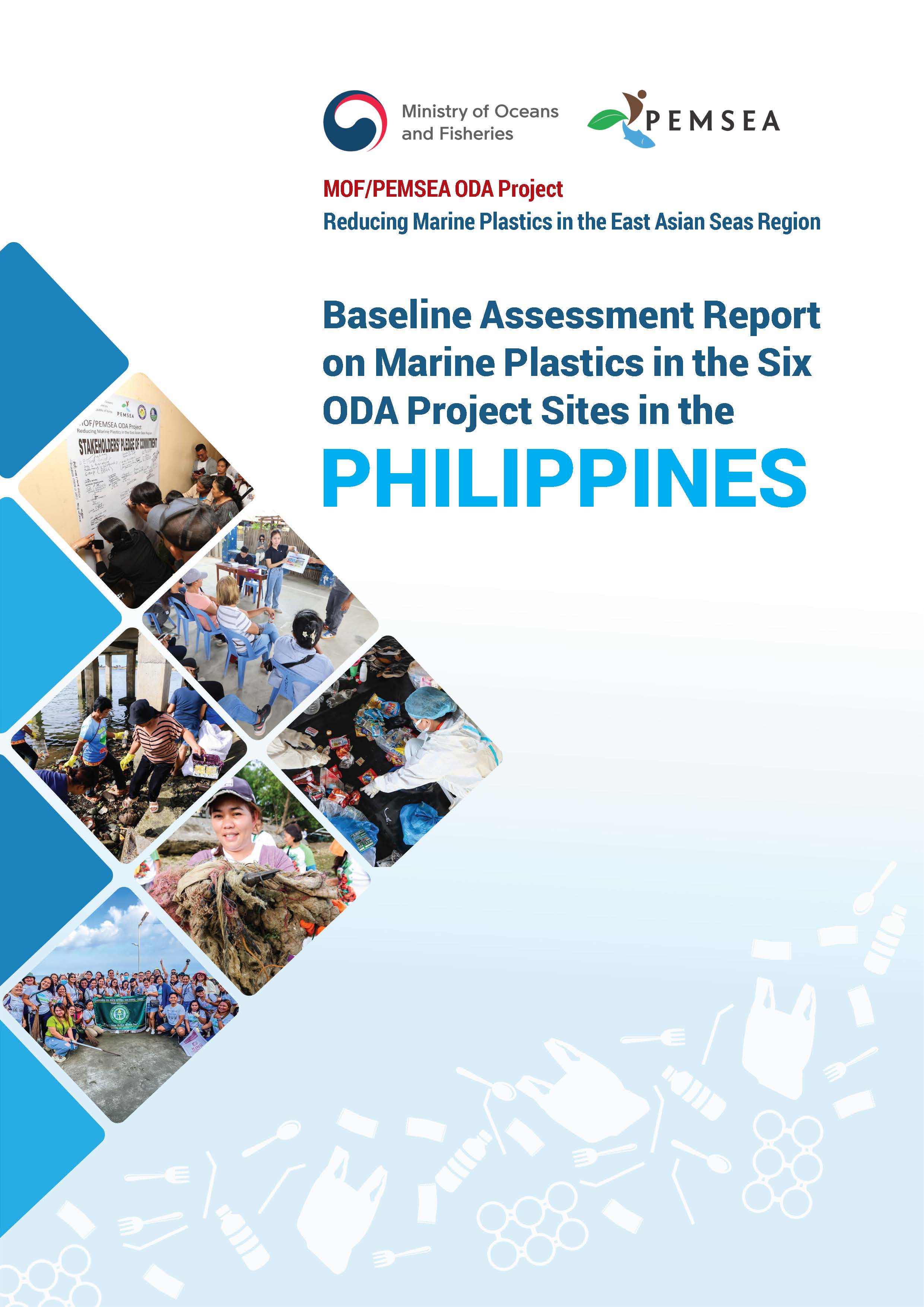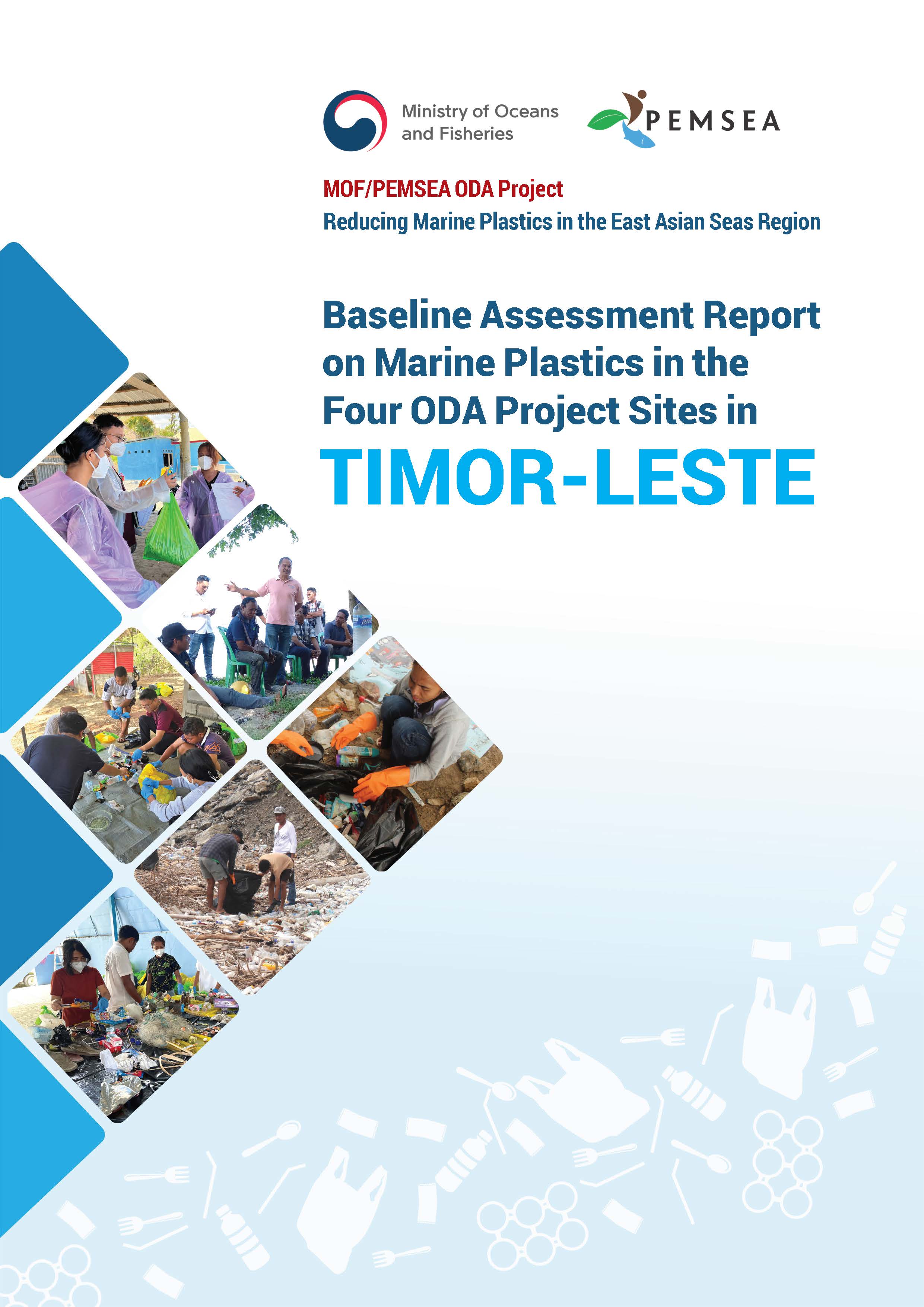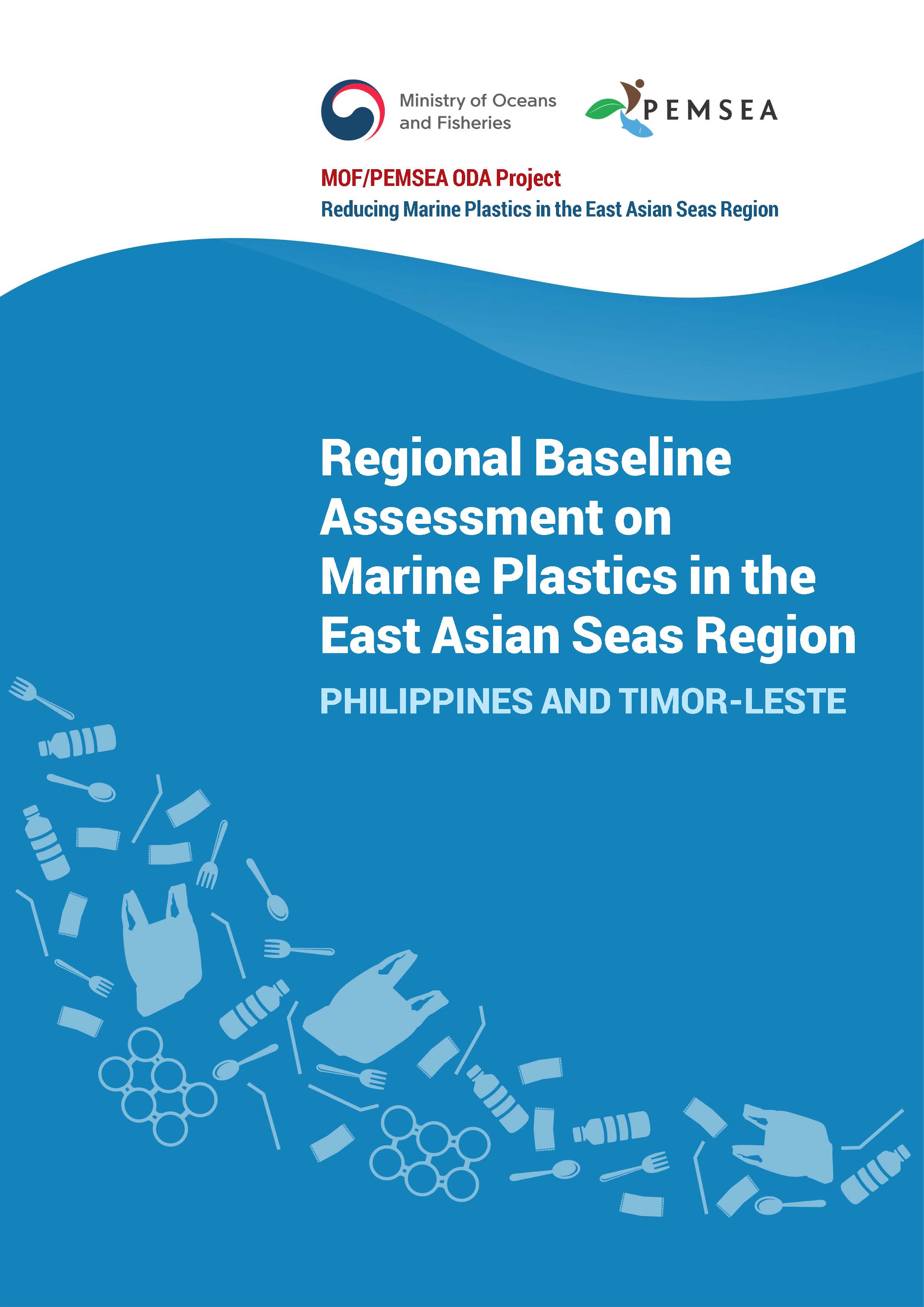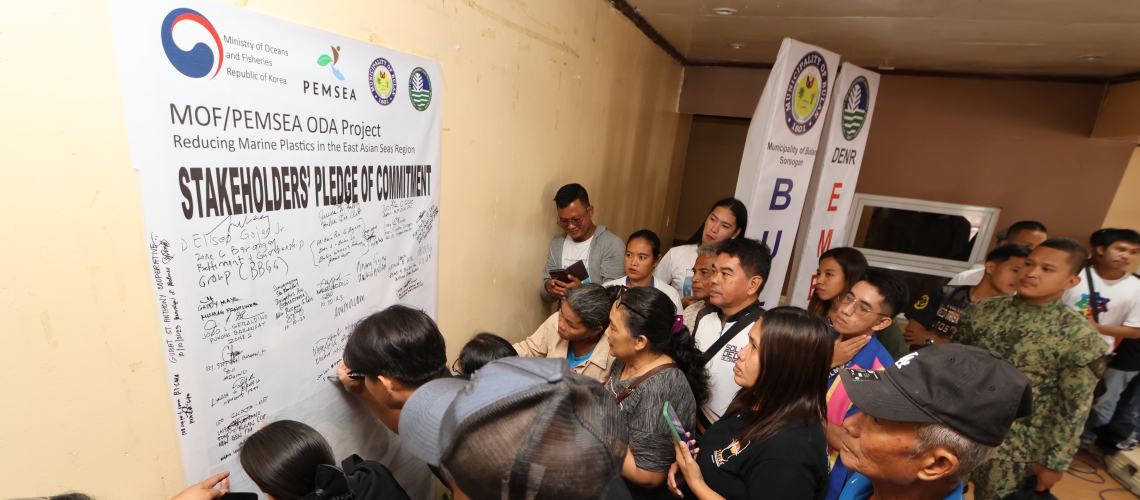
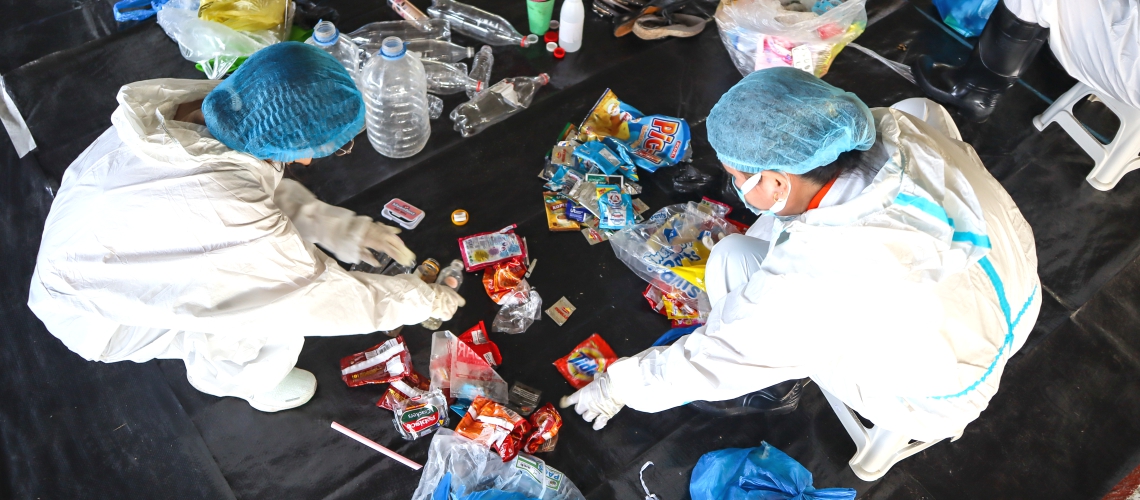
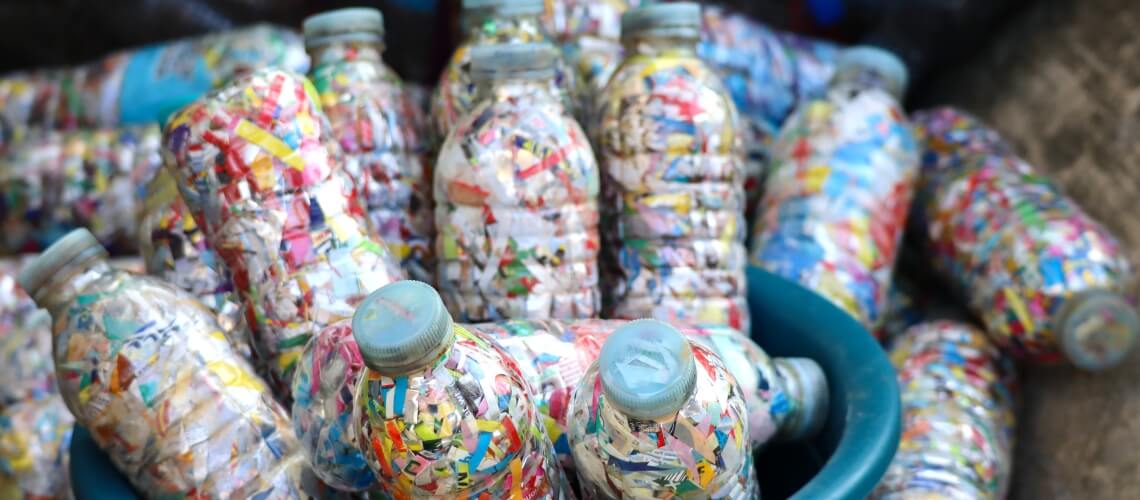
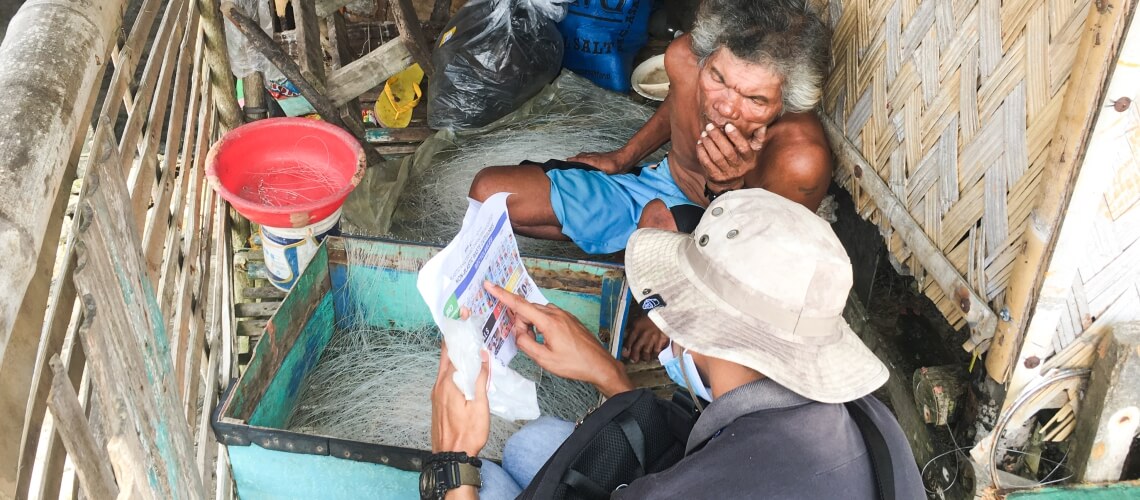
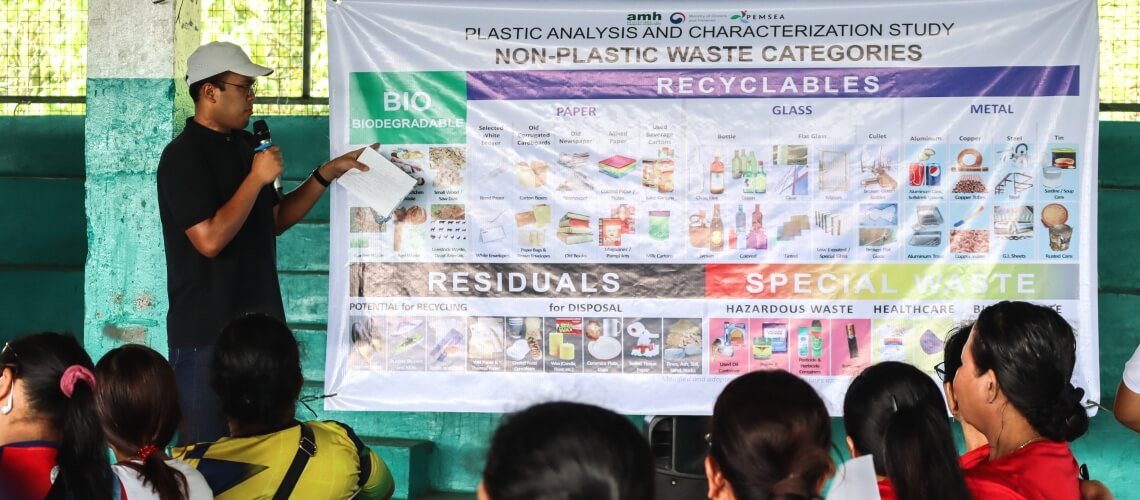
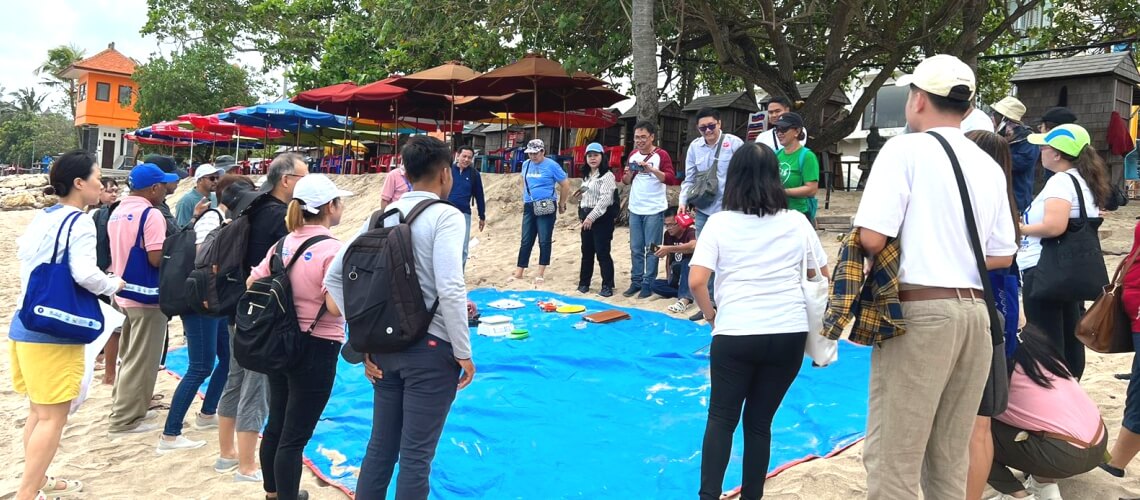
Breadcrumb
Marine Plastics ODA Project

Project Information
Duration: CY 2023-2028
Budget: Approximately USD 9,000,000 (KRW 12 billion)
Participating countries: Philippines and Timor-Leste
Funding Agency: Ministry of Oceans and Fisheries, Republic of Korea)
Implementing Agency: PEMSEA
Supporting Agencies: KOEM, PNLG, PNLC, and other PEMSEA partners
East Asia is considered an ecologically important region, being home to one-third of the planet’s coral reefs, mangroves, and seagrass beds. But it is also a hotspot for marine pollution including plastics. The Philippines is considered as one of the top five contributors to marine plastic pollution globally, while Timor-Leste is facing challenges in managing its wastes and plastics due to poor infrastructure and challenging geography.
The “Reducing Marine Plastics in the East Asian Seas Region” or the Marine Plastics Project is a six-year initiative between Partnership in Environmental Management for the Seas of East Asian and the Republic of Korea through the Ministry of Oceans and Fisheries. It aims to reduce marine plastics in 10 local sites in the Philippines (6) and Timor-Leste (4) through improved governance and management, demonstration of best practices and innovative solutions, marine litter monitoring, and increasing capacity and awareness of the partner communities.
The Project targets ocean-bound plastics: within 50-kilometer from the shoreline, river inflow, and fishing-related plastics.
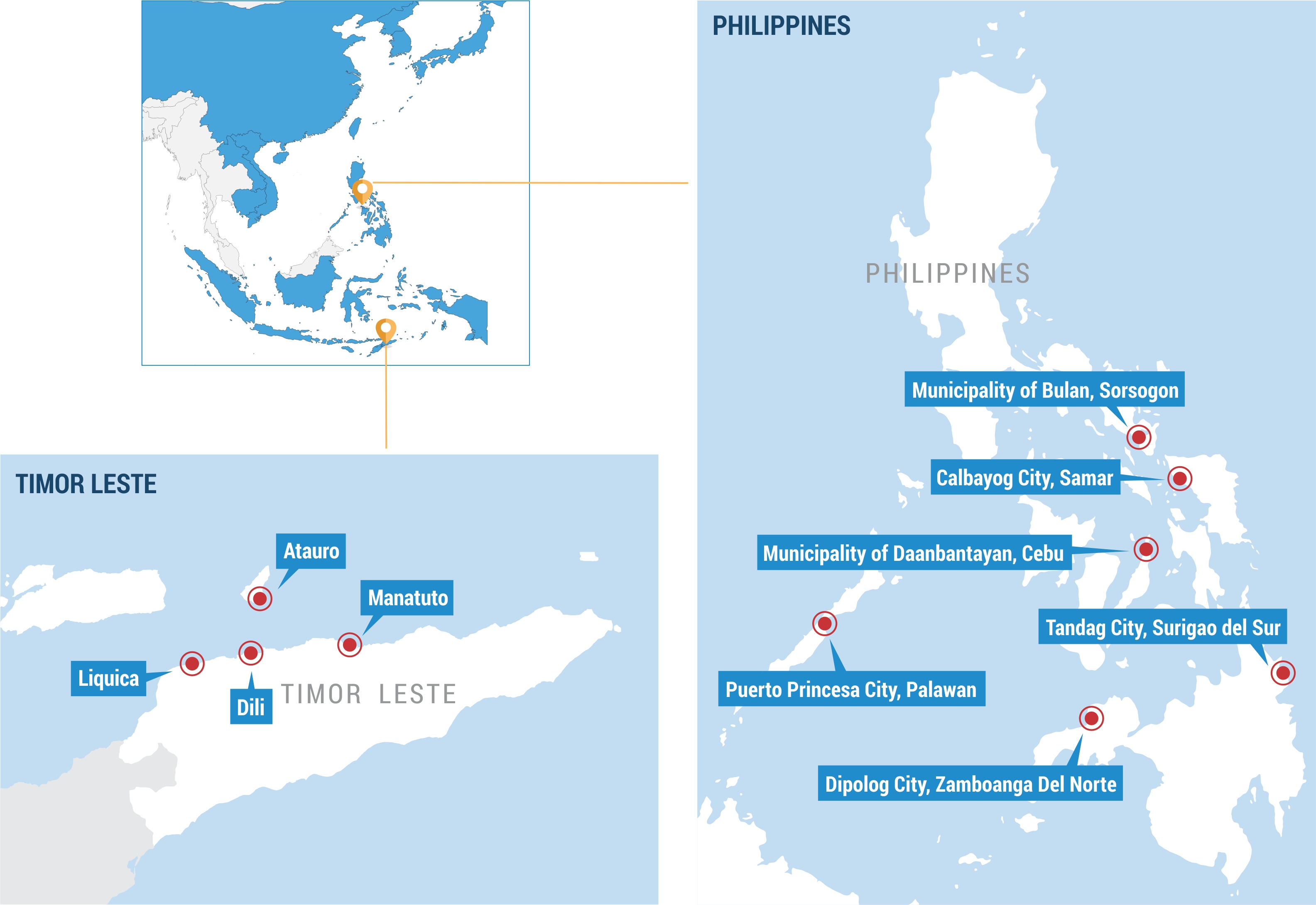
In the Philippines, the Marine Plastic Project is being implemented in collaboration with the Department of Environment and Natural Resources-Environmental Management Bureau and the Foreign Assisted and Special Projects Services, while in Timor-Leste, it is being implemented with the Ministry of Agriculture, Livestock, Fisheries and Forestry, Ministry of Tourism and Environment, and Ministry of State Administration.
Project Goal
The Marine Plastics Project aims to reduce marine plastics in 10 local sites in the Philippines and Timor-Leste through improved governance and management of marine plastics at the local government, demonstration of innovation and technology on marine plastics promoting circular economy, conduct of marine litter monitoring, and increased awareness and capacity of partner communities.
Project Components
Local governance on marine plastics management
Best practices and innovative solutions in marine plastics management
Beach monitoring or marine plastics and litter for long-term tracking of occurrence and trend
Capacity, awareness and communication initiatives on marine plastics management
East Asian Seas Marine Plastics Data Center
East Asia is considered an ecologically important region, being home to one-third of the planet’s coral reefs, mangroves, and seagrass beds. But it is also a hotspot for marine pollution including plastics. The Philippines is considered as one of the top five contributors to marine plastic pollution globally, while Timor-Leste is facing challenges in managing its wastes and plastics due to poor infrastructure and challenging geography.
The “Reducing Marine Plastics in the East Asian Seas Region” or the Marine Plastics Project is a six-year initiative between Partnership in Environmental Management for the Seas of East Asian and the Republic of Korea through the Ministry of Oceans and Fisheries. It aims to reduce marine plastics in 10 local sites in the Philippines (6) and Timor-Leste (4) through improved governance and management, demonstration of best practices and innovative solutions, marine litter monitoring, and increasing capacity and awareness of the partner communities.
The Project targets ocean-bound plastics: within 50-kilometer from the shoreline, river inflow, and fishing-related plastics
Go to the Marine Plastics ODA Microsite for more details.
Project Brief
Download project brief here.
Related Publications
Baseline Assessment Report on Marine Plastics in the Six ODA Project Sites in the Philippines
This Baseline Assessment Report of MOF/PEMSEA ODA project on the Reducing Marine Plastics in East Asian Seas Region includes both the Plastic Analysis and Characterization Study (PACS) and a Knowledge, Attitude, and Practice (KAP) Survey, specifically targeting key coastal areas in six Philippine sites: the municipalities of Bulan and Daanbantayan, and the cities of Calbayog, Dipolog, Puerto Princesa, and Tandag. These assessments aim to uncover the specific dynamics of plastic waste generation and local community behaviors toward waste management, supporting the development of data-driven interventions to address marine plastic pollution effectively.
The findings of the synthesized national baseline assessment provide valuable insights that can assist local government units, national government agencies, and relevant stakeholders in developing targeted policies and interventions. These strategies are aimed at improving solid waste management practices and reducing marine plastic pollution in coastal cities and municipalities.
Baseline Assessment Report on Marine Plastics in the Four ODA Project Sites in the Timor-Leste
This Baseline Assessment Report of MOF/PEMSEA ODA project on the Reducing Marine Plastics in East Asian Seas Region includes both the Plastic Analysis and Characterization Study (PACS) and a Knowledge, Attitude, and Practice (KAP) Survey, specifically focusing on key coastal areas in four municipalities in Timor-Leste – Atauro, Dili, Liquiçá, and Manatuto. These components are designed to understand the specific dynamics of plastic waste generation and local community behaviors towards waste management as basis of project decisions and 10-year marine plastic management strategies and action plans, which will be developed, adopted, and implemented by local governments and stakeholders.
The findings of the synthesized national baseline assessment provide valuable insights that can assist local authorities, national government agencies, and relevant stakeholders in developing targeted policies and interventions. These strategies are aimed at improving solid waste management practices and reducing marine plastic pollution in coastal municipalities.
Regional Baseline Assessment on Marine Plastics in the East Asian Seas Region (Philippines and Timor-Leste)
As part of Component 1 of the MOF/PEMSEA ODA project on the Reducing Marine Plastics in East Asian Seas Region, a Plastic Analysis and Characterization Study (PACS) was conducted to provide essential data to guide project decisions and establish 10-year marine plastic management strategies and action plans, which will be developed, adopted, and implemented by local governments and stakeholders. This regional baseline assessment on marine plastics includes the conduct of PACS and Knowledge, Attitude, and Practice (KAP) Survey, specifically focusing on key coastal areas in the six cities and municipalities in the Philippines: Bulan, Calbayog, Daanbantayan, Dipolog, Puerto Princesa, and Tandag; and four municipalities in Timor-Leste: Atauro, Dili, Liquiçá, and Manatuto. These components are designed to understand the specific dynamics of plastic waste generation and local community behaviors towards waste management.
The regional synthesis identified persistent challenges across the plastic waste value chain, including high plastic waste generation, weak segregation, limited collection coverage, low recovery performance, inadequate disposal systems, and continued plastic leakage. Addressing these issues requires targeted interventions across all stages of the solid waste management system. Key recommendations focus on reducing single-use plastics through local policy and behavior change, improving segregation by providing bins and strengthening implementation, and expanding collection through additional vehicles and better route planning. Recovery must be enhanced by upgrading facilities and linking communities to recycling markets, while safe disposal options should be developed or improved to reduce open dumping and burning.
